Listen to the sound crossing the bridge
Authentic maple bridges carry music through stringed instruments. Despiau bridges are made in France by a family business where passion for music and love of wood are combined with know-how and understanding.
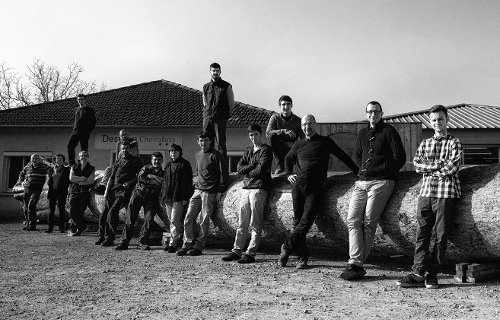
Despiau Chevalets is a family business located in the heart of the Gascony countryside. It is in the historic town of Gimont, in the French region of Occitanie, that Despiau designs and manufactures top-quality bridges for every type of bowed string instrument: violin, viola, cello, doublebass, viola de gamba, viola d'amore. Sought-after and respected by stringed instrument makers the world over, Despiau bridges are shipped out from the south-west of France to all four corners of the earth.
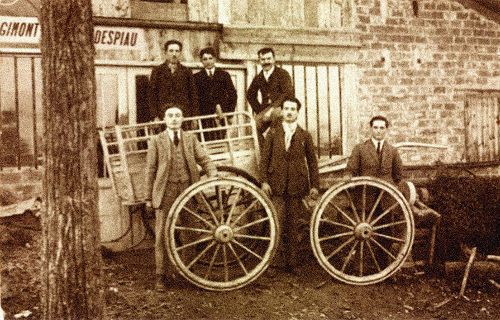
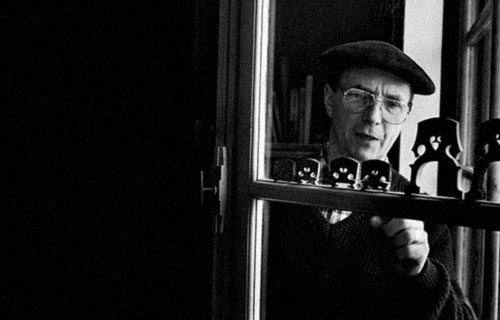
A tradition of ‘man and wood' going back three generations, it was our passion for music that set us off on such a demanding and yet thrilling adventure into the world of bridges. This has led us to the point where we have now established ourselves as one of the global leaders in a market without borders.
In 1984, Jean-Louis Despiau, both art lover and musician, inherited the family sawmill business. At that time, he had the novel idea of working on this small piece of wood, the bridge. As a viola player himself, he immediately saw its true musical potential and interest.
He was the first one to appreciate that the selection of quality wood and the perfection of the shape could really help the violin maker, who handles such highly complex instruments, to enhance the instrument's acoustics. He designed a wide range of bridges that could be fitted to various instrument morphologies.
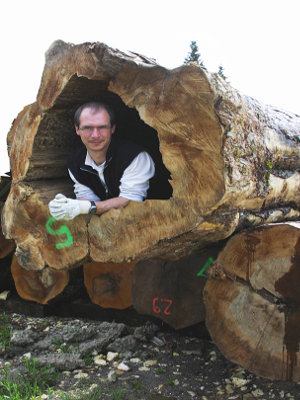
What a gamble! It was a mini revolution in the traditional world of stringed instrument making. First of all, everyone was surprised, skeptical even, but luthiers soon started to appreciate just how comfortable it was to work with a bridge adapted to their hand and their needs.
Gradually, the idea of working with a wide range of bridge designs, meeting the requirements of both the luthier and the instrument, was adopted by all manufacturers. Fast forward 30 years and the whole bridge market has rallied, now offering luthiers a comprehensive range of bridge designs..
Going for Global
30 years on Jean-Louis Despiau’s successors are driven by the same energy and passion. They travel the world: Pierre-Jean Despiau, unfaltering discoverer of centenarian maples, and Nicolas, his brother, flying the flag in every continent wherever notes float up from a bow gliding across the strings of a violin or a double bass, to export Despiau bridges.
Still based in Gimont in the Gers, the company has reached out far beyond its country of origin to conquer the hearts, minds and ears of instrument makers and musicians all over the planet.
At Despiau Chevalets, it all starts with the tree: we go and select 300-hundred-year-old maples in the forests of Bosnia-Herzegovina. An essential choice, a combination of pure intuition and skill that leads us to the wood that will carry the sound; because music is already in the wood for those who care to listen.
Once selected the trunks weather for an average of 3 years on the company premises. Time is a crucial dimension at Despiau Chevalets. Our trees are already three centuries old, a little patience is needed so that perfectly dry wood can be sent into our workshops for crafting. Good music takes time.
The design of the bridge is determined by the hands of the violin maker: the right blueprint must be relatively easy to carve out, allowing for a smooth and fluid movement, with no break in the cut. It must be the right height and the right width.
Lastly, the cutting of the wood is a key moment in the manufacturing process. Skilled hands draw out the final line of the bridge, seeking to optimize the wood's original structure.
The bridge is fundamental to stringed instruments. That’s why Despiau Chevalets has invested so much time and energy into rethinking its design. The design of each one of Despiau’s bridges meets the technical specifications of leg width and total height. Leg width is chosen in order to position the bridge on the violin in between the two F-holes and in relation to the bass bar and sound post. The height is calculated to match the angle along the fingerboard and the height of the strings.
For every bridge we design, a subtle balance must be achieved: if we don’t leave enough wood when we design the bridge, considering that the luthier needs an amount for his technical carve, the sound will be lowered because wood actually provides the vibrations.
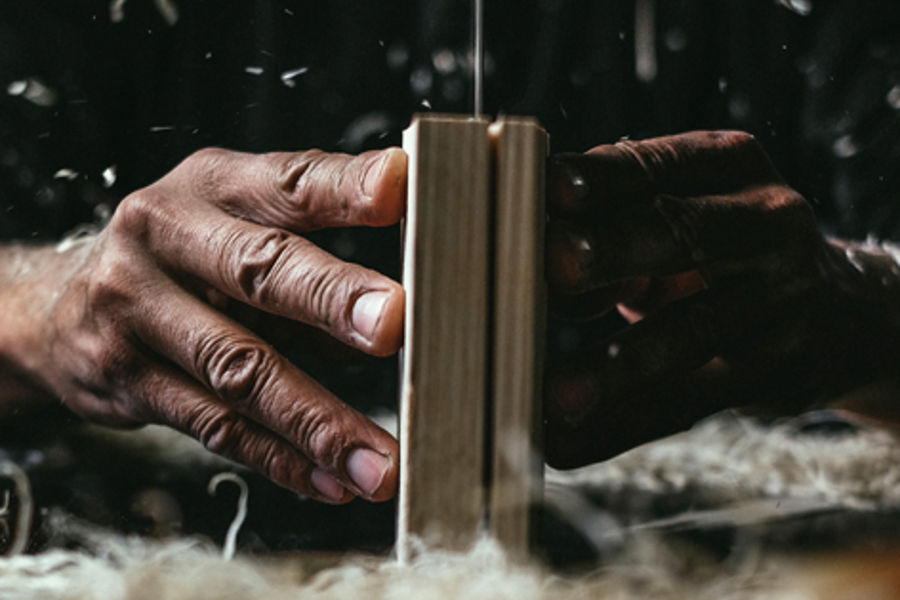
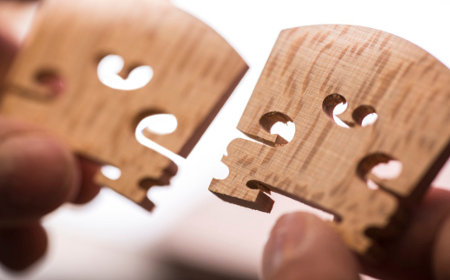
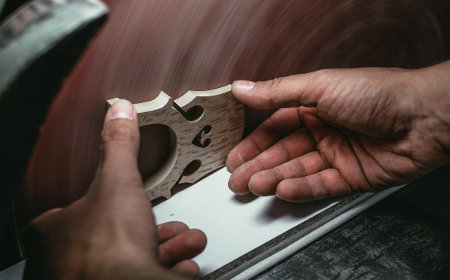
Despiau Chevalets contributes to the development of music and musicians in poorer areas of the world through dedicated charities. Good quality bridges have been shipped for free to equip instruments belonging to young musicians from countries such as Cuba, Haiti and elsewhere in South America and Africa.
Here, everyone connects with wood. 52-year-old trained carpenter Claude is skilled and experienced in the company and responsible for taking reception of the trunks when they arrive from Bosnia as well as for the blank cutting stage. Despiau Chevalets has also put its trust in both Raphaël, 21 years old, who has an advanced technician’s certificate in woodwork, giving him the responsibility of managing sawing blanks for the violin family and Brandon, 23 years old, whose fine hand makes him invaluable at both sanding and finishing the bridges, just like his elders.
Taking a job at Despiau Chevalets is a unique opportunity not only to learn a rare trade, but to express your talent throughout the various stages learning our craft: find out how to understand and to love wood, master cutting and sanding and finally become a bridge expert.
If you are interested in a career with Despiau Chevalets, if you are tempted to take part in our bridge adventure, please don’t hesitate to send us your CV and covering letter. Right here.